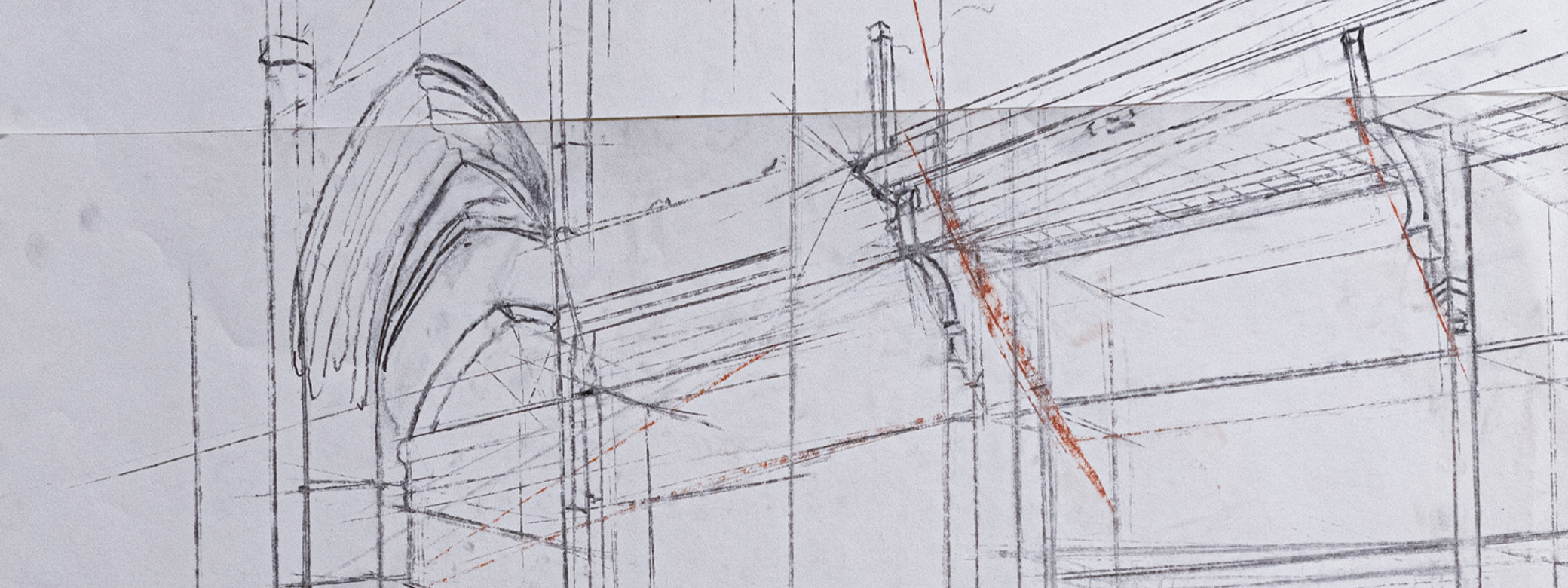Course Description
In this seminar we will read and discuss a sampling of texts that articulate contemporary discourses in design: we will reflect and argument about what design and design research are, what they could be, and perhaps what they should be. We will look at design not only as a professional practice but also as a way of producing new knowledge about how humans, artifacts and systems are entangled in and with the world.
In addition to the discussions in class, you will write short papers and sketch design responses that enter into a dialogue with the readings. As a class, we will also assemble a short zine based on the reading list.
The final project in the course will be to write an academic essay that engages two or more peer-reviewed articles, using them as a point of departure for investigating a research question and making a claim or argument of your own.
Course Objectives
The purpose of the course is for you to:
- Become familiar with a sampling of writings about design written for professional and scholarly audiences.
- Grow more adept at careful and critical reading of a wide range of texts of different subject matter and styles.
- Increase your ability to translate what you learn from your reading into pointed inquiry and discussion.
- Become more discerning about your sources of information (books, journals, articles); be able to qualify sources for their likely reliability.
- Expand your capacity to write by engaging what others have written and learn how to better articulate your own point of view.
Learning environment
Consider this class an open forum for ideation and discussion. Debate and dis-agreement are a natural part of design discourse. Sharing ideas and work in progress will benefit everyone. You are expected to produce all work with consistent effort, rigor, and creativity.
Be respectful of your colleagues. Cell phones should be off during class. Do not surf, email, twitter or facebook during class.
Please arrive at course meetings on time. Be prepared with the assigned work at every class session. At the graduate level, you are expected to pursue interests independently and to formulate your own research directions. After exploring a series of readings and discussions, you will select and research your own topic for a final paper.
Assignments
7 responses to readings
In response to the assigned readings each week, you will either (1) write a brief paper, in which you do two things: First, summarize in your own words (preferably with a minimal number of direct quotations) what the reading is about. Second, formulate a response to the readings that either agrees, disagrees, or responds with some mixture of agreement and disagreement. (See the readings in They Say, I Say for guidance.) Be sure to back up your opinions with evidence and reasons. Or (2) sketch a design response that enters in dialogue with the weekly readings. This response can explore, exemplify, contradict, or expand the readings' arguments. Each sketch will be accompanied by a very short text and a series of questions.
Responses are due no later than 8:30am each Monday before our Tuesday class discussion. Please submit documents in pdf format in our shared google folder.
Lead a discussion
Once during the quarter, you will lead the discussion. You should plan to begin the class discussion with a brief (5-minute) introduction that places the readings in context, before using prompts, examples, and questions to lead the discussion. You will also prepare two zine spreads, including one quote per reading and one design example related to the reading.
Final paper: an academic essay (3,000–4,000 words)
During your studies as a graduate student in design, you will be moving toward formulating a particular question or topic you want to investigate in depth in your final thesis for the Master’s degree. Before that, you should be exploring a variety of ideas, domains and questions you might be interested in. Writing this paper is one such opportunity.
For your essay, use this approach:
- Choose a design issue, a contemporary debate or design object.
- Choose a specific reading from our class reading list that will serve as a lens to build a new understanding of that issue, debate or object.
- To make your argument and articulate your point of view, select at least two additional articles you find in one or more peer-reviewed design journals. Your task is to use the arguments in these papers as a way to question or challenge assumptions and possibly offer alternative readings and interpretations.
- Build your argument
* In your essay, you are required to use extensively at least one reading from our course list to further articulate your ideas.
Avoid questions that are overly broad. You will need to research some of what is already known about your subject, then determine what you think about it. The summary of what you discover and your response (evaluation and analysis) should form the heart of your paper.
Final Exam
There will not be a final exam. The final deliverable is your final essay, due on December 9th, at 5pm on Canvas. We will not meet for class that day.
Grading
Grading is based on:
- The depth and extent of your engagement with the research of the topic of your final paper.
- The quality of the writing of the final paper.
- The quality of your written and sketched responses to the readings.
- The energy and thoughtfulness of your participation in class discussions and leading of one discussion.
Grade breakdown:
7 responses to readings [20% of total grade]
- 4 papers and 3 design sketches: 10 points each, complete/incomplete
- * For the class during which you lead the discussion, you are excused of writing a reading response.
Discussion and engagement [30% of total grade]
- Lead a discussion and prepare zine spreads: 25 points
- In class engagement: 25 points
Final paper [50% of total grade]
- Research question: complete/incomplete
- Working hypothesis and substantive outline: complete/incomplete
- Draft: complete/incomplete
- Peer review: complete/incomplete
- In class presentation: 25 points
- Final paper: 50 points
The following criteria is used when determining grades:
A 3.8–4.0 is given to a student who has exhibited the highest possible performance in all aspects of the course—final projects, the design process and participation are excellent. This student independently seeks out additional information on design and is highly committed/passionate about their work.
A 3.4–3.7 is given to a student who exhibits superior performance in all aspects of the course—the final projects, design process, and participation are uniformly of high quality. This student has a thorough understanding of all concepts presented, and is motivated to improve and succeed.
A 2.9–3.3 is given to a student who has good performance in most aspects of the course. This student follows a thorough design process, has good design work, and consistent participation that reflects a clear understanding of almost all concepts being presented.
A 2.5–2.8 is given to a student who has fair performance in the course. The final work is adequate, with a design process that reflects the minimum needed to complete assignments. Participation and motivation are moderate.
A 0.0–2.4 is given to a student with poor performance in the course. Projects are incorrectly prepared, incomplete or missing. This student does not understand the majority of concepts presented and rarely participates in class. This student is not prepared for subsequent courses in design.

